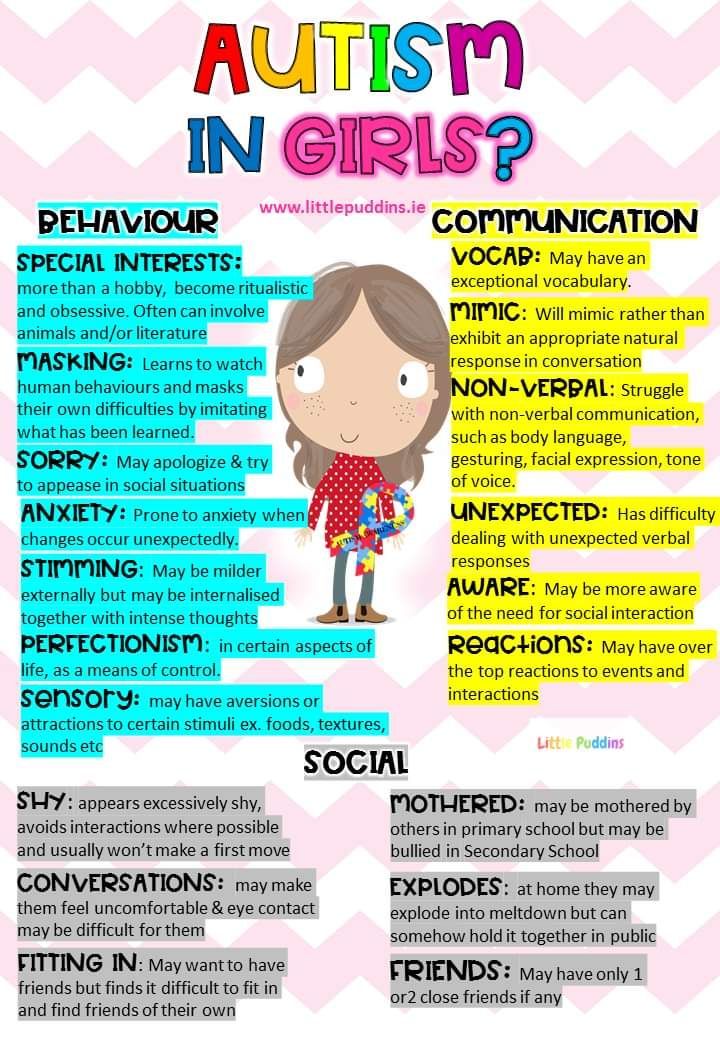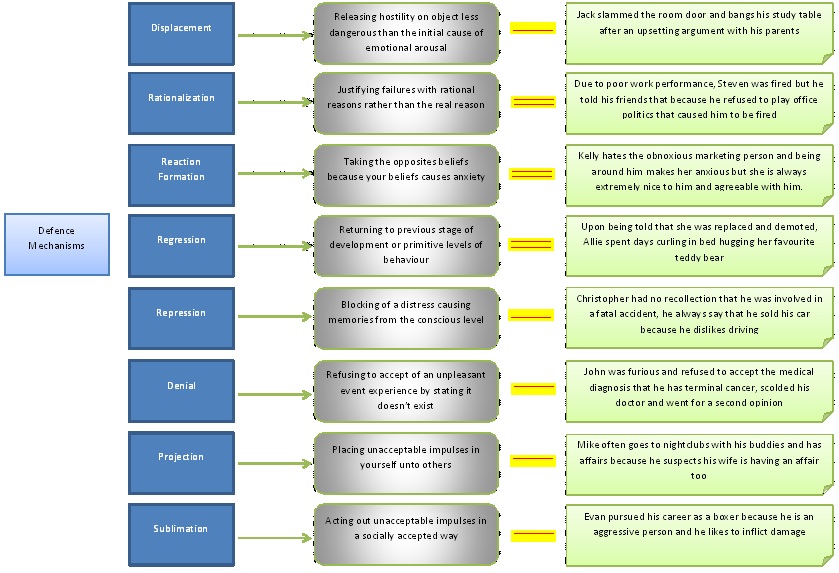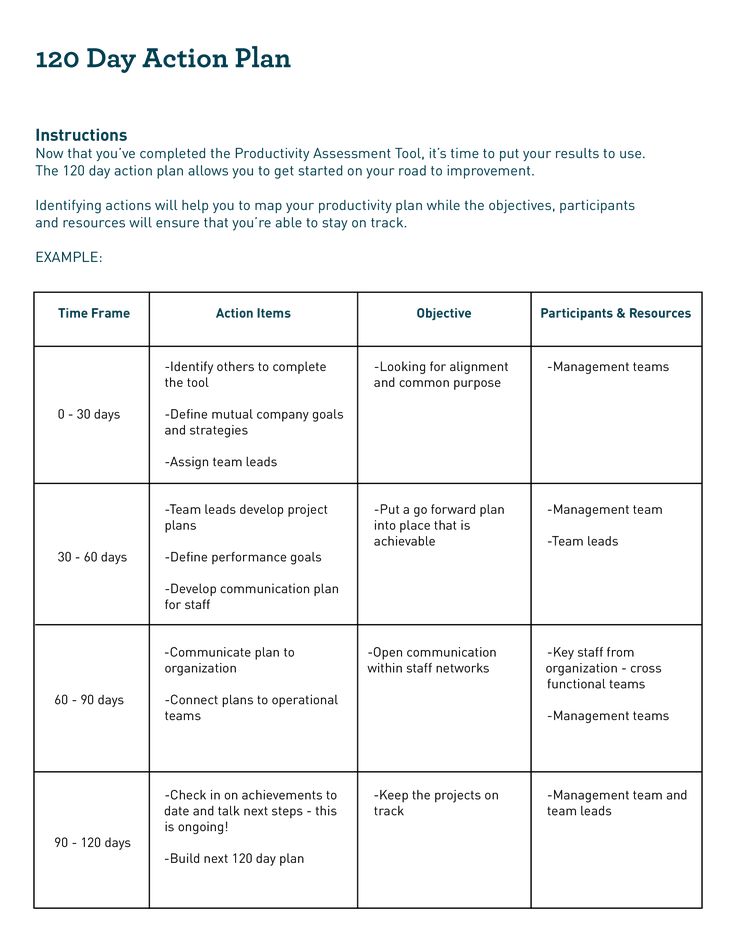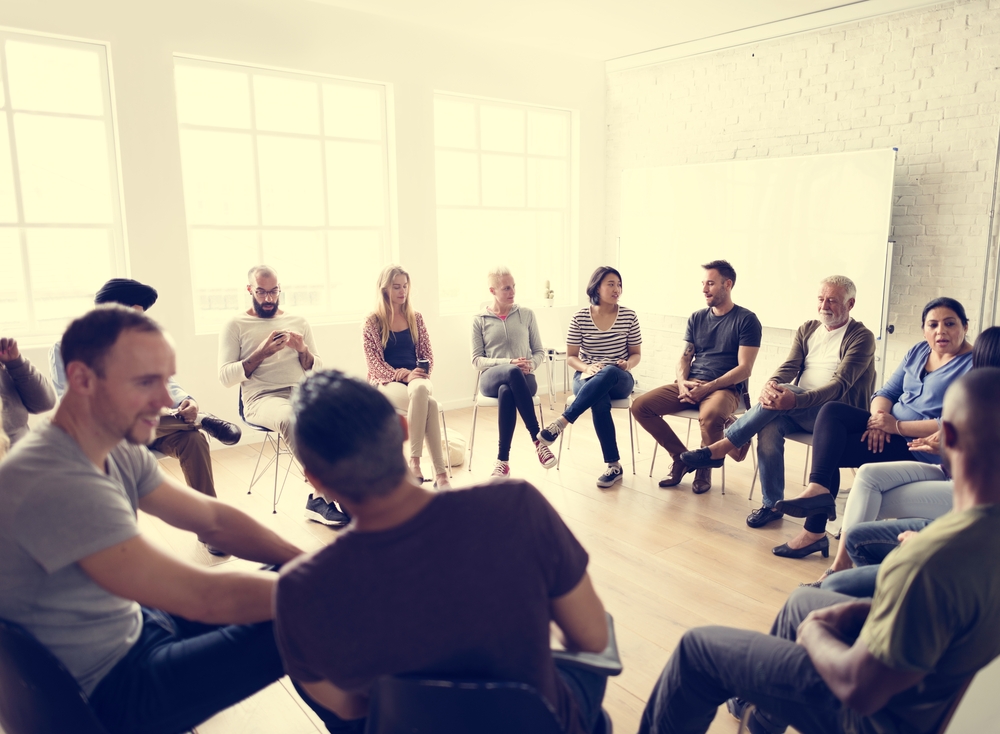Mimicking in autism
Out of Context Mimicry and Repetitiveness in Autism
Signs Of Autism
- Special Learning
Current evidence suggests that children with autism are able to understand and emulate goal-directed actions, but may have specific impairments in automatic mimicry of actions without goals.” Although autism and specific language impairment are two distinct problems with different etiologies, they both occur at some level. Autism is often associated with impairments of communication, which include out-of-context mimicry and repetitiveness.
One of the ways through which autism is characterized is abnormal imitation. Several theoretical models have been proposed for such behaviors, one of which states that a delay in development may account for many of the social and communication deficiencies seen in children with autism.
The ‘broken mirror’ hypothesis states that children diagnosed with autism have problems in the mirror neuron system, which is the main cause of their social disability.
The mirror neuron system (MNS) is part of the human brain that carries important functions. It is part of the motor system that helps to control how people act. Problems in the MNS lead to both verbal and visual problems. The mirror neuron system also has important social functions and imitation tasks have been shown to activate it.
While autistic children perform relatively well in emulation tasks, they tend to have difficulties with mimicry tasks. Emulation is the process of goal-directed imitation. Mimicry tasks, on the other hand, require children with autism to spontaneously copy the low-level, kinematic features of action. Human beings tend to mimic low-level kinematic features of observed actions, which usually helps in strengthening the bond between people. However, children with autism find it difficult to mimic such actions. Many children diagnosed with autism are particularly poor at repeating nonsense words.
Although people do not mimic one another all the time, adults usually mimic when they want to enhance a social affiliation with another individual. To achieve this, however, mimicry has to be controlled carefully. Children with autism do not take advantage of this kind of mimicry but instead, tend to repeat things almost unconsciously.
To achieve this, however, mimicry has to be controlled carefully. Children with autism do not take advantage of this kind of mimicry but instead, tend to repeat things almost unconsciously.
These children find it difficult to control when to mimic and when not to. In some instances, they fail to mimic at all while others mimic excessively, such as in echopraxia or echolalia.
Although echolalia appears during normal language, it usually disappears as children get older. Basically, echolalia is the repetition of words and/or phrases spoken by another person. There are two types of echolalia – immediate and delayed. In immediate echolalia, the people with autism will repeat what has just been said while in the delayed form, they will repeat things that were said even weeks earlier. The tendency to repeat phrases as unanalyzed wholes may continue into adulthood.
Related Content:
Evaluating Responsiveness
References:
(Antonia, 2008, p.2, in press)
(Baron-Cohen, Leslie, & Frith, 1985; Frith, Morton, & Leslie, 1991; Happe, 1995)
(Dapretto et al. , 2006; Iacoboni & Dapretto, 2006; Ramachandran & Oberman, 2006; Williams et al., 2001)
, 2006; Iacoboni & Dapretto, 2006; Ramachandran & Oberman, 2006; Williams et al., 2001)
(Grafton et al., 1992)
(Aziz-Zadeh et al., 2006; Buccino et al., 2004; Iacoboni et al., 1999)
(Wohlschlager et al., 2003; Bekkering et al., 2000)
(Chartrand & Bargh, 1999)
(Tager-Flusberg and Joseph, 2003)
(Lakin & Chartrand, 2003)
Copyright © by Special Learning Inc. All right reserved.
No part of this article may be reproduced in any manner whatsoever without written permission except in the case of brief quotations embodied in critical articles and reviews. For information, contact Special Learning Inc., at: [email protected]
Share:
Do Autistic Toddlers Imitate? Social Skills and Support Tips
While autistic toddlers can imitate, they may find it more difficult than their neurotypical peers.
The world is a new place for infants and toddlers, and they have much to learn. As they explore what’s around them and how they fit into their surroundings, they often look to others for guidance.
For neurotypical children, this generally involves copying the actions of their parents or caregivers. This may not be the case for an autistic child.
Autism spectrum disorder (ASD) — commonly referred to as autism — is a developmental condition that affects one in 100 children. ASD presents in various ways and at varying levels of intensity. The needs and abilities of an autistic person can even change over time.
While different children experience the condition differently, they may share some traits, including the way they imitate others.
Imitation is the act of copying others. This can involve mimicking physical actions, facial expressions, sounds, or reactions. Non-autistic infants and toddlers tend to copy others naturally. An autistic child, however, is often less likely to imitate others on their own.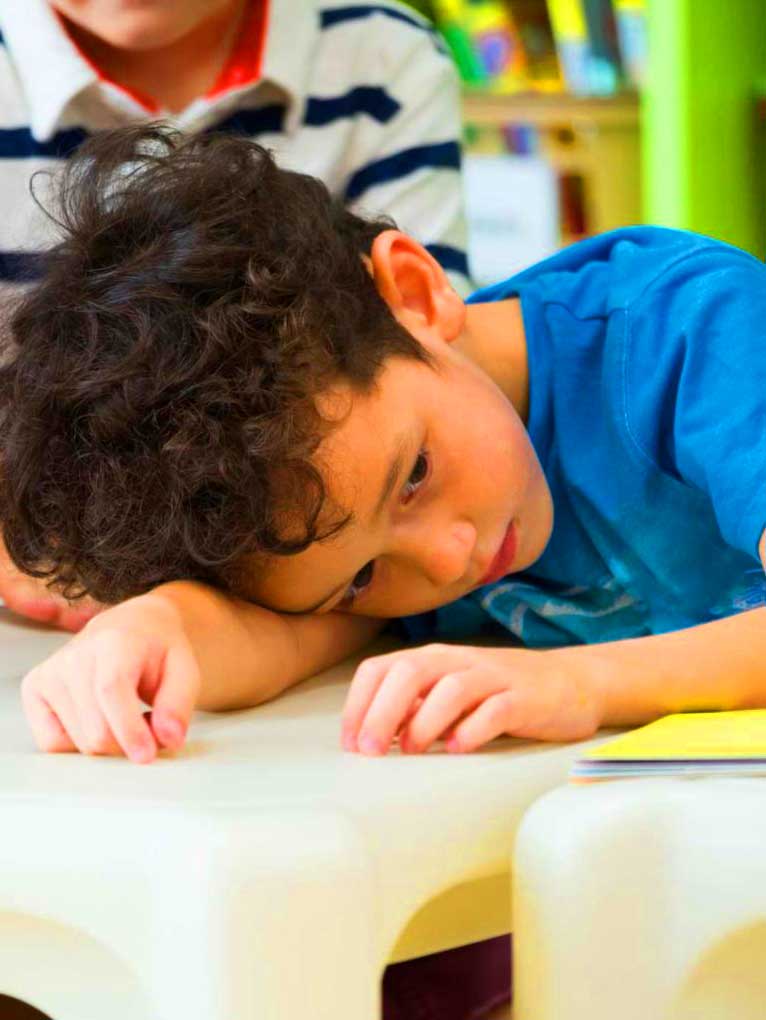
Young children rely on adults and older children in their lives to teach them how to explore and interact with the world. Imitation plays a large role in this.
Toddlers and young children generally copy or mirror the actions or behaviors of those around them. This can include how they handle objects, make gestures, or use different sounds or words.
Imitation is important in early development for many reasons. Not only does mimicry help infants and toddlers learn new things, but it can also help them:
- build social skills
- communicate with others
- share their emotions
- express their needs
- pay attention to others
For neurotypical children (children who aren’t autistic), imitating others often comes fairly naturally. Autistic children, however, may find mirroring more challenging.
For many autistic children, mirroring others doesn’t come easily, and they often engage in imitation differently than non-autistic children.
According to the Centers for Disease Control and Prevention (CDC), they may also have difficulty communicating, expressing emotions using facial expressions, and playing pretend.
An autistic child may show a lack of interest in the people around them, which means they’re unlikely to pick up on others’ actions or behaviors.
This could be a result of slower development. An older longitudinal study published in 2011 suggests autistic children develop mimicking skills at a slower pace than non-autistic children, particularly by age three.
This delay may help with early ASD detection, allowing parents and caregivers to start using support strategies sooner in their child’s life. These strategies may include:
- guiding your child through copying exercises
- incorporating imitation into play
- watching videos that demonstrate simple actions with your child
It may also help to reverse roles with your child by copying their actions and behaviors.
Findings from a 2016 review suggest that imitating an autistic child can help them promote social engagement and become better communicators. It may also help increase their ability to play, maintain eye contact, and develop social skills.
There are many ways you can support your child. And there are many tools and resources you can turn to to get started.
You can promote and encourage imitation skills by:
- playing games that involve copying sounds or movements
- incorporating your child’s favorite toys into imitation activities
- encouraging pretend play and imaginative exploration
- imitating your child’s behaviors to help them learn how to mimic
- using a mirror so that they can see themselves
- providing guidance but not doing things for them
- focusing on one thing at a time (a specific gesture, sound, or action)
The following resources may also help:
- YouTube videos, like Super Simple Songs, Autism Recovery Network, or The Speech Scoop
- blogs that support parents and caregivers of neurodiverse children
- books, like “An Early Start for Your Child with Autism” or “Positive Parenting for Autism”
- podcasts, like Psych Central’s “Inside Mental Health” series
- support and recommendations from a licensed professional, like a speech therapist or child development specialist
Imitation is a key part of development that helps children understand how to react to the world and build social and communication skills.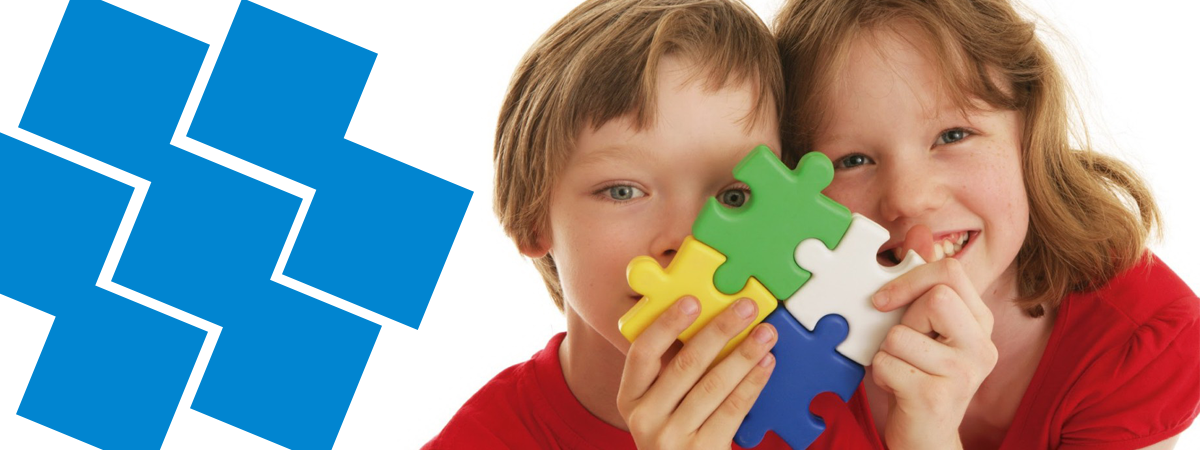 While neurotypical children mimic others naturally, autistic children may need more guidance in picking up this skill.
While neurotypical children mimic others naturally, autistic children may need more guidance in picking up this skill.
As a parent or caregiver, you can help promote imitation skills for your autistic child in various ways.
This can include encouraging pretend play, using toys to demonstrate behaviors, or even mirroring your child’s actions back to them. You may also find it helpful to work with a speech or behavioral specialist.
While it may take extra time and effort, you can help your child develop the skills and behaviors they need to blossom into the best version of themselves and who they’re meant to become.
0003The basis of imitation
The basis of imitation is the ability to imitate new movements and new behavior in principle. Imitation literally means "to do the same". The purpose of teaching imitation is NOT to teach the student to clap when I clap, to stand when I stand up and to sit down when I sit down. If he has learned to imitate only these three behaviors, he still has not mastered motor imitation.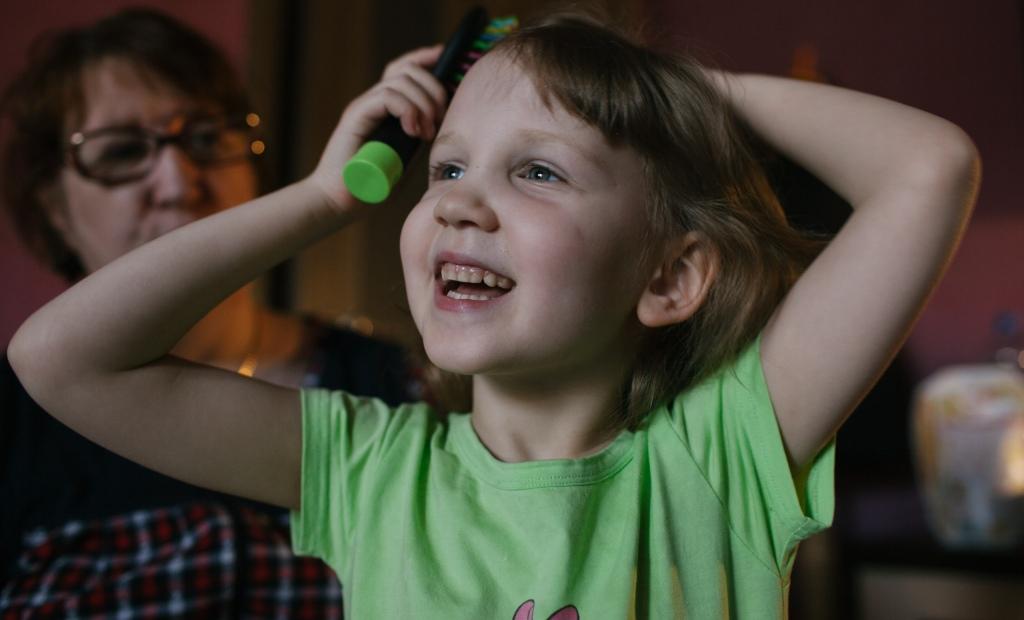 He will master the imitation when I say "do this" and show a completely new behavior, and the child repeats it.
He will master the imitation when I say "do this" and show a completely new behavior, and the child repeats it.
Most children do not need to be purposefully taught to imitate - they learn it themselves. Babies and very young children often imitate their parents and siblings, even though no one taught them to. However, if a child has a developmental disability, then the ability to imitate may not have developed naturally in him, and therefore he must be taught this skill with direct instruction. Imitation can be successfully taught (Baer, Peterson, & Sherman, 1967), and if your students cannot imitate, this is a good starting point to work with!
Before you start teaching imitations
Sometimes educators and clinicians talk about coaching skills. These skills must be developed in the child before you begin to work on imitation skills. You cannot teach imitation to a child who does not even look at you. Here are the necessary skills to master before learning to imitate:
- Sitting without getting up during class.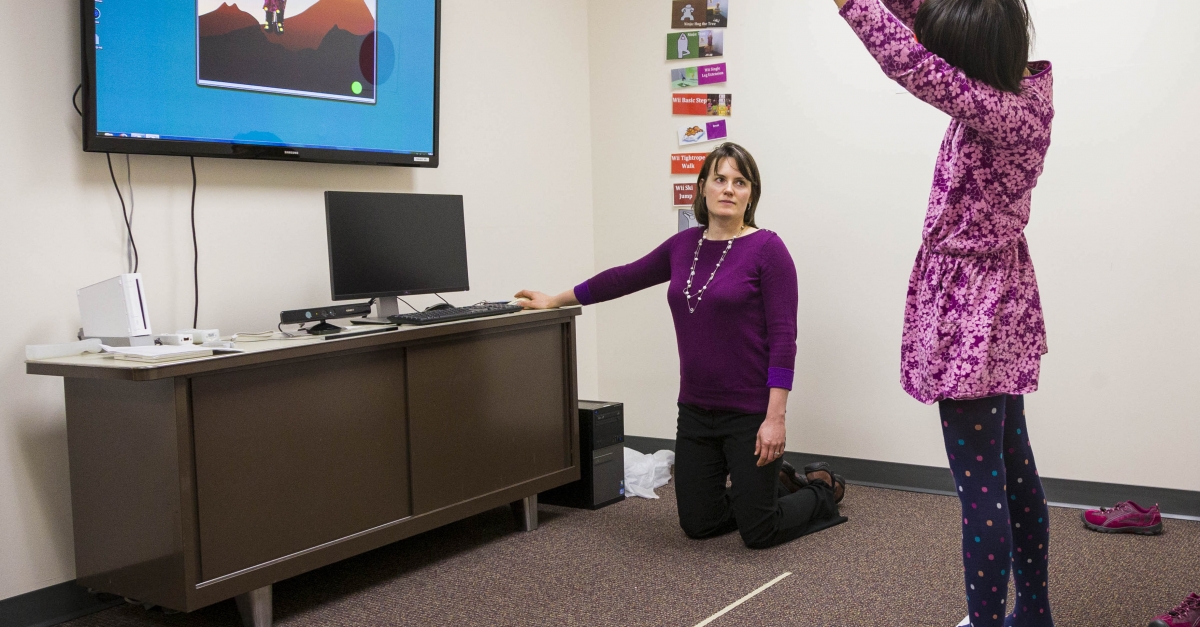
- Look at the teacher during class.
- Keep hands on knees during class.
– Look at objects as instructed by the teacher.
How to teach imitations
Pre-assessment of skills
Make a list of 20-30 simple movements. For example, touch your nose, clap your hands, raise a ball, give a thumbs up, and so on. Start with the 3 easiest moves. Sit in front of the student, call him by name and say "do it." If the student does anything that even looks like this move, give him a reward right away and note it on the data collection sheet.
Select 3 movements during the preliminary skill assessment. Repeat each movement 3 times randomly. If the student responds correctly to any of the 3 movements each time (e.g. clapping when you clap), then remove that movement from the list and select another movement.
Training
During training, work on 3 movements. Start with the simplest one, the one that the child tried to imitate during pre-assessment, or that he was almost able to imitate.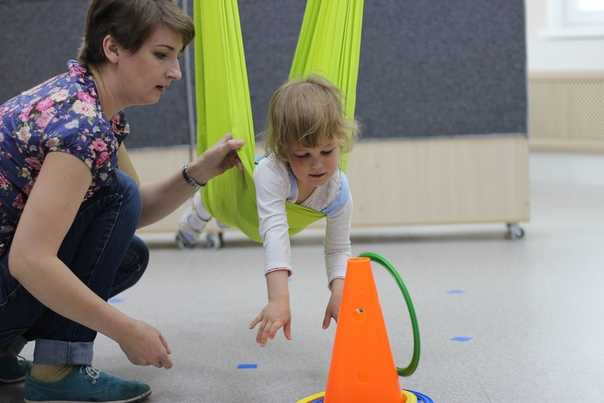 Continue to give the "do this" instruction before moving, and encourage any movement-like attempts. Help the student with physical cues and gradually reduce them. Your goal is for the student to be able to perform these 3 movements independently and without any physical assistance. After reaching the goal, move on to the subsequent assessment of the skill.
Continue to give the "do this" instruction before moving, and encourage any movement-like attempts. Help the student with physical cues and gradually reduce them. Your goal is for the student to be able to perform these 3 movements independently and without any physical assistance. After reaching the goal, move on to the subsequent assessment of the skill.
Post-assessment and training
Mix already mastered movements with those movements that have yet to be taught. If last week the child learned to clap his hands, stand up and touch his nose when you do it, then this week work with such movements as taking the ball, touching the shoulders and shaking his head mixed with the previous three movements.
Simulation samples
This is a very important part! After each of the learning tasks has been mastered and the child has started repeating all the movements from the list, when they are mixed with each other, try to make a completely new movement (which the child has not seen before). When doing this, do not say the “do this” prompt, just see if the child tries to imitate you. Do everything else as before. Make a move and see if the child imitates it. If the child will imitate completely new movements after simulation - the goal is achieved!
When doing this, do not say the “do this” prompt, just see if the child tries to imitate you. Do everything else as before. Make a move and see if the child imitates it. If the child will imitate completely new movements after simulation - the goal is achieved!
Once the imitation is in place, move on to practice in natural settings!
It's time to work on the summary! Practice this skill in a variety of situations. Imitation is needed during the performance of educational tasks, group classes and everyday activities. If you analyze different situations, you will most likely understand how often imitation is used in a natural way. It is included in almost any learning process. It is only important to be aware of when these skills are used, and this will help you further develop these skills in your child. Be ready to immediately praise and reward your child for correct imitation throughout the day!
We hope that the information on our website will be useful or interesting for you. You can support people with autism in Russia and contribute to the work of the Foundation by clicking on the "Help" button.
You can support people with autism in Russia and contribute to the work of the Foundation by clicking on the "Help" button.
ABA Therapy and Behavior, Education and Training
Imitation as the basis of learning in autism spectrum disorders
Imitation as to the basis of learning in autism spectrum disorders.
Translator: Tatyana Khomskaya
Editor: Nadezhda Beloglazova
Our Facebook group: https://www.facebook.com/specialtranslations
Our public 9000 https://vk.cublic540440440440440440440440404040404040404040404044040404040404044044040440440440440440440440444444thhes material - help those who need help: http://specialtranslations.ru/need-help/
website. When quoting text on other sites, put the full translation heading at the beginning of the text.
Part
Source : “ La Imitación Como Base del Los Trastornos del Autismo - Parte I
000 9000 9000 9000 9000 9000 9000 9000 9000 9000 9000 9000 9000 9000 9000 9000 imitation in a playful way
Imitation is one of the most important means that children use when they become participants in various situations from which they draw their knowledge.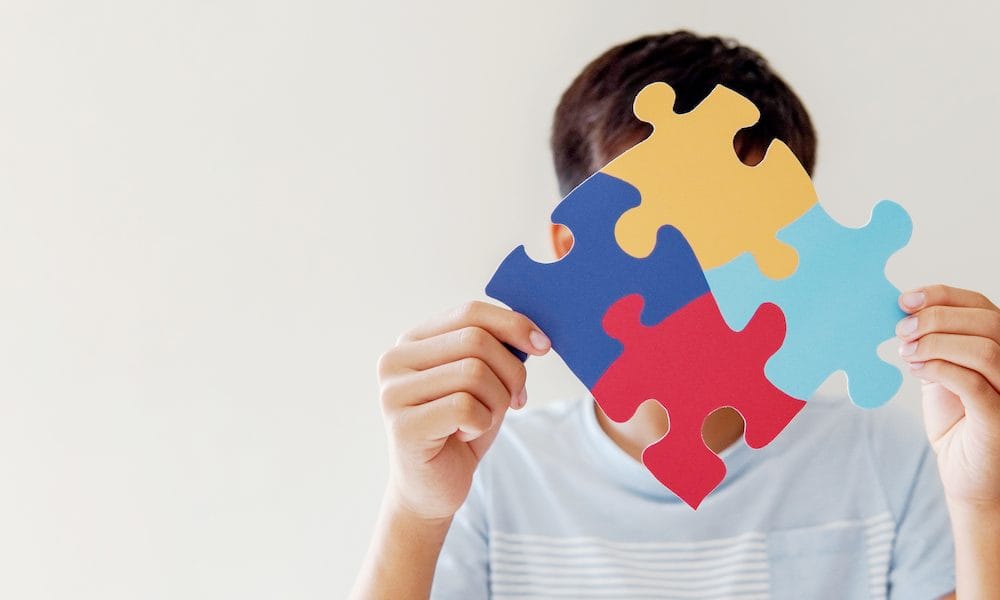 When children acquire the ability to imitate the actions of others, changes in their development become significant and noticeable. Mastering speech, as well as improving this skill, will largely depend on the child's ability to imitate. By repeating the roles of other people, the child becomes more sociable, social and begins to demonstrate new skills. From this we can conclude that imitation is the basis of learning.
When children acquire the ability to imitate the actions of others, changes in their development become significant and noticeable. Mastering speech, as well as improving this skill, will largely depend on the child's ability to imitate. By repeating the roles of other people, the child becomes more sociable, social and begins to demonstrate new skills. From this we can conclude that imitation is the basis of learning.
This form of learning, however, is the most difficult for children with ASD because it requires a focus on the other person and their actions. It is important not only to understand the process of imitation, but also to use imitation to acquire new skills and knowledge.
My son Eric and I do imitation exercises regularly. We usually practice sitting opposite each other at the table. You can also practice on the floor, in a space limited by a carpet.
An action is performed (for example, I raise my hand) and the instruction "do this" is immediately given.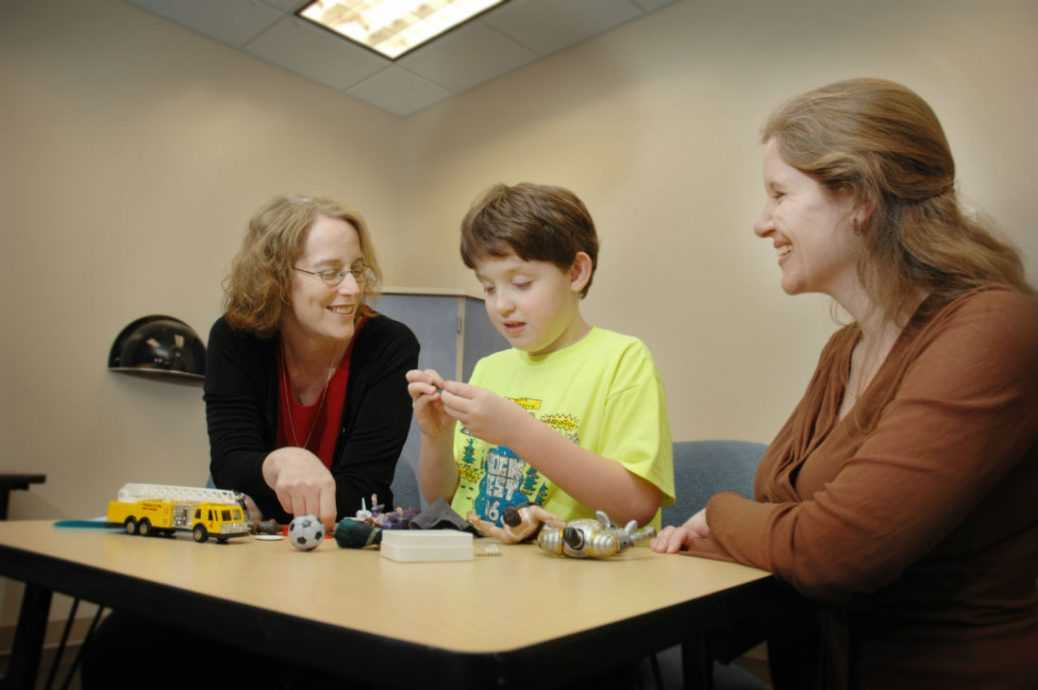 The child must imitate this action - so he is not given the verbal instruction "raise your hand." Every time a child does this, with or without a prompt, they receive a reward and praise: a piece of something tasty, encouraging pats and “Well done, what a great handshake you are!”. If the child does not repeat the action, he is given a physical prompt: you help him make the gesture by taking his hands in yours.
The child must imitate this action - so he is not given the verbal instruction "raise your hand." Every time a child does this, with or without a prompt, they receive a reward and praise: a piece of something tasty, encouraging pats and “Well done, what a great handshake you are!”. If the child does not repeat the action, he is given a physical prompt: you help him make the gesture by taking his hands in yours.
Three instructions are processed in each session, and each is repeated five times. In subsequent sessions, each new instruction is given after the child has successfully mastered the previous ones.
For classes, you need to choose places where there are fewer extraneous stimuli so that the child is not distracted. It is best if the classes are held in an entertaining form with constant interaction; then the child will have a positive experience. Sometimes it is useful to use objects that the child likes to attract his attention and motivate: soap bubbles, tops, whistles, crackers, spinning objects, luminous toys, etc.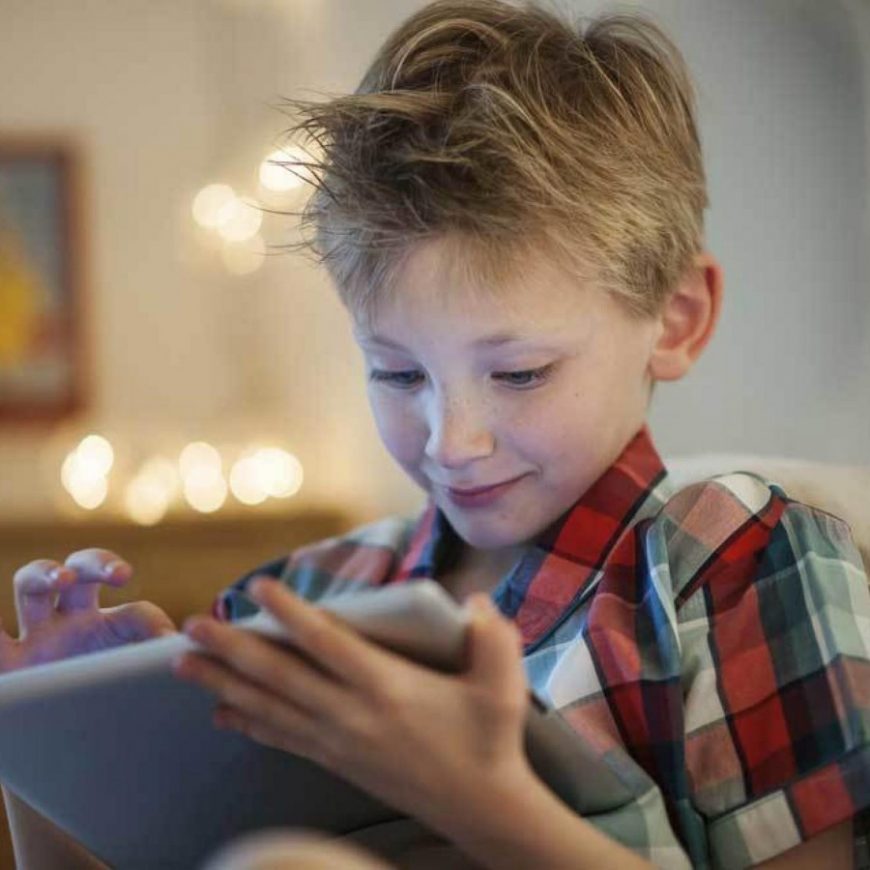
Imitation with objects.
http://www.youtube.com/watch?v=X-oRIFjvLM4
Video shows how Eric (3+ years old) simulates building a Lego tower. In this case, he repeats the sequence of colors that he also names. The level of imitation with items is more advanced.
The first type of conscious imitation that children learn is the imitation of simple actions with objects. First, the most attractive objects for the child are offered, used for their intended purpose, for example: shaking a rattle or rolling a car, making the sound “brrrrr”. The next step is to simulate actions where the item is used for other purposes. For example, hitting the table with a stick instead of a drum, so we make a noise that the child likes and attracts his attention.
Some general examples to simulate:
- Roll up a ball of plasticine
- Build a tower with 3 Lego pieces (make it more complex later)
- Press the squeaky toy
- Roll the car
- Act like flying a toy airplane
- Roll the ball on the table or on the ground
- Throw the ball
- Comb your hair
- Wash face with sponge
- Brush your teeth
- Put 3 items in box
- Place a small object inside a large one
- Put rings on a vertical stick
- Hit pot lids against each other
- Beat a pan or drum with a drumstick
- Making a snake out of plasticine
- Blow your nose into a handkerchief
- pretend to be asleep
- Spoon feed the doll
- Putting the doll to bed
- Put on a hat
- Play maracas and other musical instruments
- Open book
- Turn the pages of a book
- Open / close door
- Turn on/off the light
- Stir sugar in a cup with a spoon
- Drink from a cup
- Eat with a spoon (yogurt, for example)
- Open/close bottle cap
- Pouring water from a bottle into a glass
- Roll a stroller or cart (possible with a doll)
- Carry a musical toy by a string
- Getting in and out of a box
- Get under the table
- Crumple paper
- Tear paper
- Other
Imits using large motor skills
http://www. youtube.com/watch?v=tzbehthki-0
youtube.com/watch?v=tzbehthki-0
Usually imitation of body movements follows imitation with objects: it is more difficult because it requires the child to remember what you did and then repeat this movement. We start with simple movements like clapping, something that many children do spontaneously. In addition, this action produces noise and it is possible to observe how the other person continues to perform this action at the same time as the child. The most difficult movements, which are the most difficult to see, we will practice below, for example, touching the nose or putting hands on the head will be more difficult because the child cannot see if he has performed the action correctly.
Trick: Perform an action in front of a mirror if face-to-face imitation fails.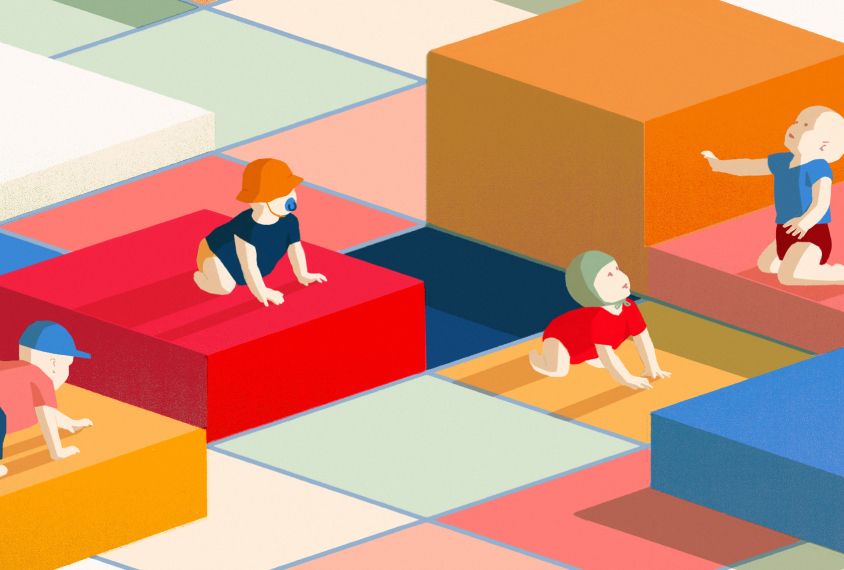
- Give both hands
- Giving both feet
- Raise hands
- Raise arms to the sides
- Touch belly
- Shake your head
- Wave goodbye
- Rubbing hands
- Clap hands overhead
- Clench fists
- Point with finger
- Nod your head
- Cross arms over chest
- Hugging
- Touching the nose (and other parts of the face)
- Scratch your head
- Cover mouth with hands
- Tilt your head forward
- Get up / sit down
- Squat
- Crawl
- Walk on heels
- Tiptoe walking, etc.
Complex motion simulation
0009
The video (September 2007) shows how we practice praxia exercises (movements performed with a specific end goal) with Eric. The use of a mirror helped a lot.
Due to muscle hypotonia, Eric continued to drool even at the age of 3 years. At that time, he hardly spoke, and those words that he uttered were mangled so that it was difficult to understand them. To make his articulation clearer, it was necessary to strengthen the muscles of the face around the mouth. We begin to perform exercises for praxia or articulatory gymnastics, which effectively contribute to the development of facial expression:
- Open your mouth wide and say “AAAAAAAAAAAA”
- Grab the tip of the tongue with your fingers
- Stick out tongue
- Press lips hard (pronouncing MMMMM sound)
- Clatter your teeth
- laugh
- Snort like a horse (BRRRR)
- Close lips tightly
- Puff out cheeks
- Fake a kiss (with noise)
- Make an Indian cry (BA, BA, BA, BA)
- To touch the upper teeth with the tongue
- Bite your lower lip with your teeth
- Move tongue left/right
- Move the tongue around
- Pick up pieces of biscuits by mouth, e.
g.
- Forcefully pull in boiled spaghetti (this exercise helped Eric learn to drink through a straw)
- Drinking with a straw
- Mark a kiss (with painted lips) on paper
Since many of these exercises are difficult to do at first, help should be given to the child, such as by moving the lips with the hands, etc., but this should always be done in a fun way. During such activities, the child needs to be strongly praised so that there are a lot of toys around that he really likes, use toys with spinning elements, whistle into whistles and buzz, etc. Sometimes lollipops, yogurt, or ice cream work well to get your tongue sticking out.
It also helped us a lot to sit side by side and look in the mirror.
Applications:
IMMICATION with subjects Imitación Con Objetos - El Sonido de la Hierba Al Crecer 9000 9000 9000 9000 9000 9000 9000 9000 9000 9000 9000 9000 9000 9000 9000 9000 9000 9000 gruesa – El sonido de la hierba al crecer
Exercises on Prakiy - Articulating Gymnastics Ejercios de Praxias - Gimnasia de la Boca - El Sonido de La Hierba 9000 9000 9000 9000 9000 9000 9000 9000 9000 9000 9000 9000 9000 9000 9000 9000 9000 9000 9000 000 training in Disorders Autistic Spectra – Part II La imitación como base del aprendiza del Autis parte del E
In the previous article, "Imitation as the basis of the learning process for autism spectrum disorders - Part I", we saw a series of exercises that are suitable for starting work on imitation. After making sure that the child begins to make progress, we begin to complicate the tasks. However, it is always good to start with exercises that the child is already getting in order to “warm up” him before introducing new tasks. If the child is not able to follow the instructions on his own, we begin to help him.
http://www.youtube.com/watch?v=evRQn1o9Bx0
The video shows how Eric repeats cross exercises, namely, connecting the right side of the body with the left. It was quite difficult to cope with these tasks, but repeated repetitions, as well as a large number of food and various entertainment rewards, led us to new successes. Having coped with the exercises that were offered to him later, Eric discovered the concepts of “left” and “right”, and at the same time, awareness of parts of his body came to him, control over them improved.
Exact repetition and introduction to laterality.
With these exercises, the child will become more aware of the parts of his body and will get acquainted with the concept of laterality: that we have a right and left parts of the body.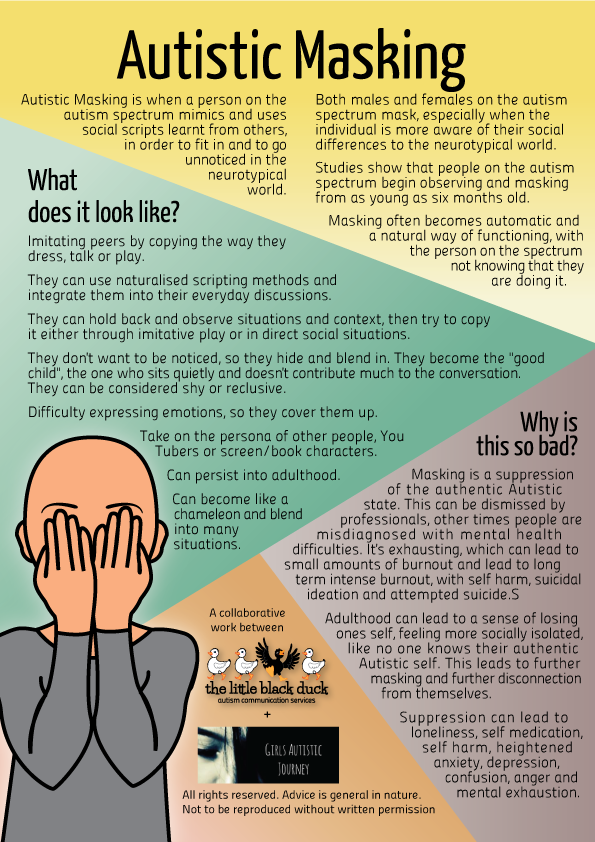
- Raise left hand
- Raise two hands
- Raise right hand
- Pointing with the right hand
- Saying goodbye with the right hand
- Saying goodbye with the left hand
- Put two hands on the stomach
- Place your right hand on your stomach
- Place left hand on stomach
- Extend both hands at once
- Extend each hand separately
- Stomp with the right foot
- Stomp left foot
- Stomp twice with the right foot
- Stomp twice with left foot
- Stomp once with each foot
- Stomp twice with each foot
- Touch chin with thumb
- Join both hands together
Series of two exercises. We combine gross motor skills and imitation with objects
- Applaud and put your fist on the table
- Drinking from a cup and placing the palm on the table
- Touch the nose and stomp the floor or ground with the foot
- Close your eyes and raise your hands
- Jump and spin.
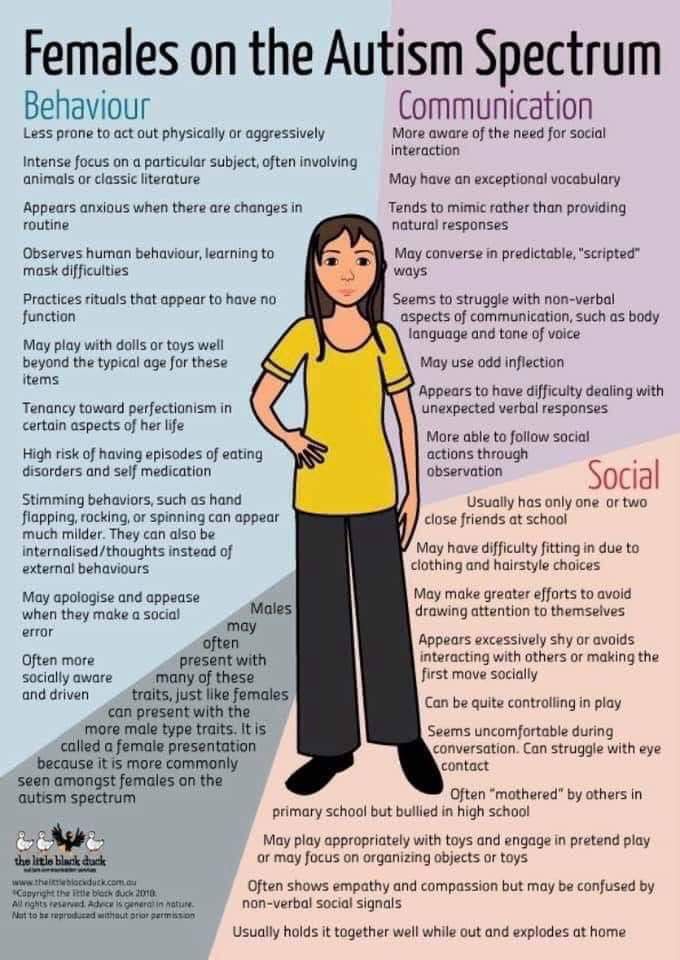
- And so on.
A series of three exercises. We combine fine motor skills, gross motor skills and imitation with objects.
- Applaud, bang the table with your fist and touch your nose
- Stomp your foot, raise your arms, put your palms on your stomach
- Put phone to ear, drink from cup, bang table with fist
- Wave goodbye, draw a line on paper, put hand in mouth
- Put on a hat, turn on the light, close the door
- And so on.
Cross exercises
- Touch the left shoulder with the right hand.
- Touch the right shoulder with the left hand.
- Touch the left knee with the right hand.
- Touch the right knee with the left hand.
- Touch the right ear with the left hand.
- Touch the left ear with the right hand.
Imitation of the actions shown in the photographs.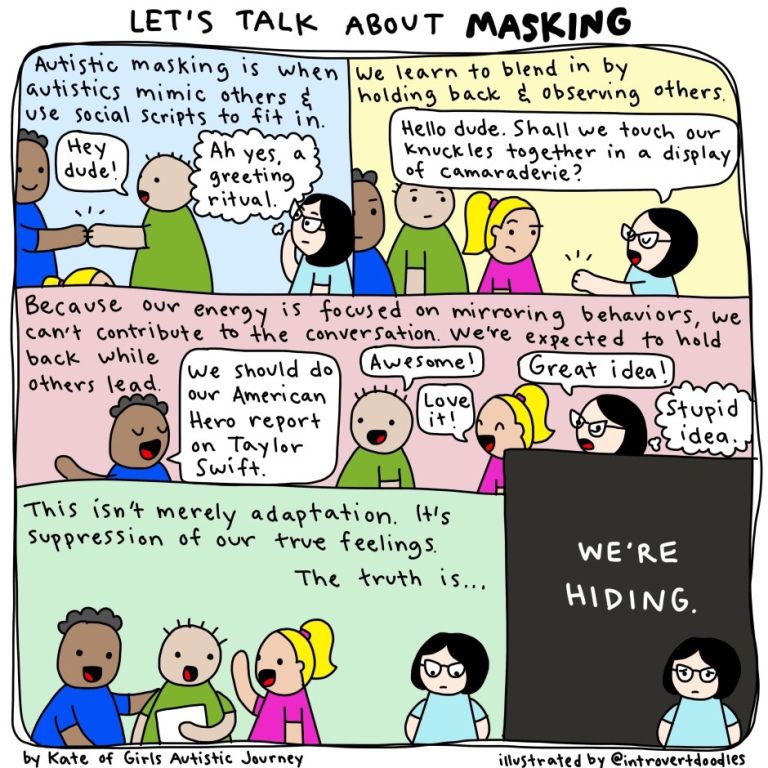
You need to prepare photographs that show the actions that the child must repeat. We took a lot of photos in which people Eric knows are depicting the action that he has to repeat. You need to place the photo at eye level, show it to the child and give the instruction: “Eric, do the same.”
- Raise hands (picture of someone with hands raised)
- Applaud
- Touch your nose
- Feel belly with both hands
- Put your hands on your head
- Comb your hair
- Raise leg
- Call
- And also all the exercises that we practiced earlier on gross motor skills, imitation of facial expressions and imitation with objects.
Imitation
It is also very important to work on imitation. Namely, you build something and the child has to repeat it. We use Lego, Briobahn train rails and a plastic mosaic that we attach to a panel with holes (Ministeck).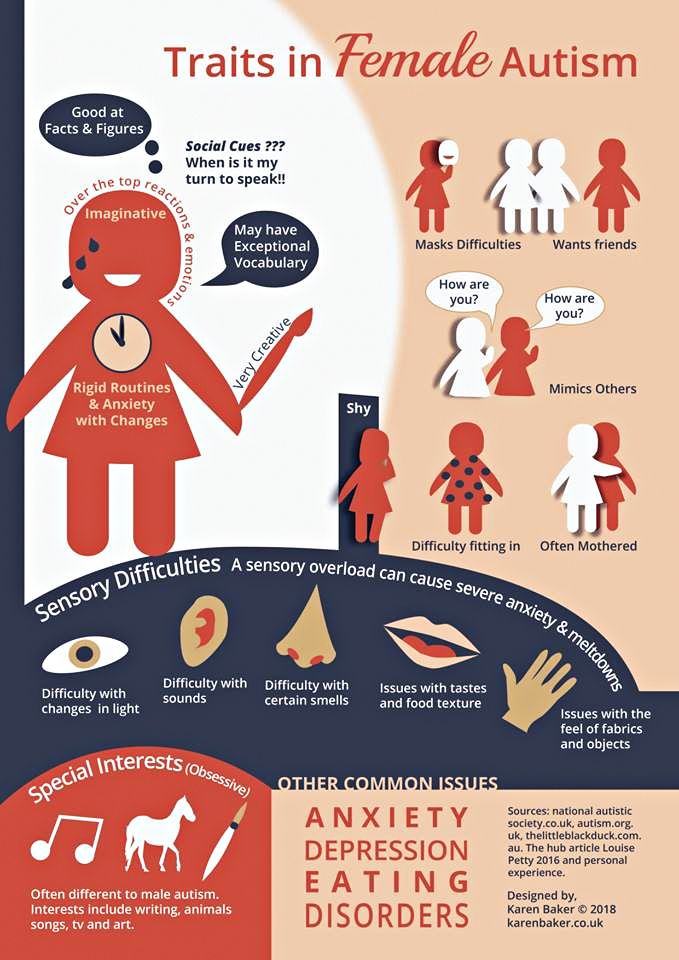 I recommend that you prepare the material for work in advance, and arrange it so that the child can reach it. The simulation must be accurate in terms of the number of items and their location; in simple patterns, you can even have your child repeat the sequence of colors.
I recommend that you prepare the material for work in advance, and arrange it so that the child can reach it. The simulation must be accurate in terms of the number of items and their location; in simple patterns, you can even have your child repeat the sequence of colors.
http://www.youtube.com/watch?v=uB0cD8OIXgw
This video (October 2007) shows Eric simulating a building modeled after Lego. In addition to working on imitation, we are trying to increase eye contact. So I show Eric each Lego brick at eye level. In the end, I also ask him: “Do you need this item?”, And he should answer: “Yes.”
Photo: © All rights reserved by Anabel Cornago
The next step was the imitation of the samples shown in the photo. Therefore, every time you consider an exercise complete, take a photo of the resulting design and, based on these photos, you can prepare the next tasks.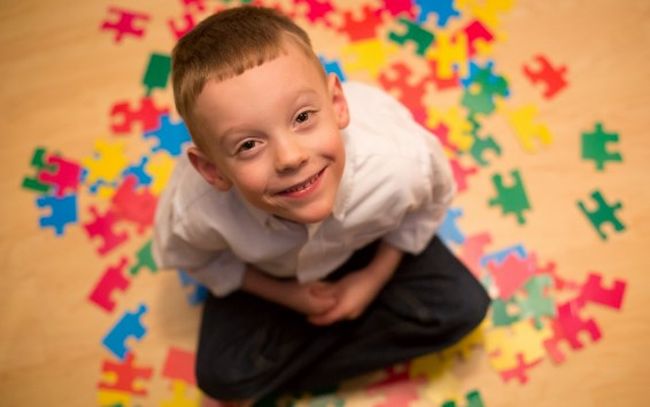
We can work, for example, by replicating Lego buildings. To do this, you need to have two platforms for Lego: for yourself and the child. Also prepare a certain amount of parts: one pile for yourself, and another for the child. When the child has repeated your building, you comment on his actions with clear and understandable phrases: “OK, this is a tower of 5 Lego bricks”, “Great, we got a tunnel”, etc.
You can simulate building towers, bridges, houses, cars, animals, etc. with this pattern.
We also use Ministeck mosaics and Briobahn rails to simulate various models as shown in the photos.
Photo: © All rights reserved to Anabel Cornago
Below we show Eric the photos with the samples, which he has to repeat according to the "Do it the same" instructions. There are many different options here. It is like a game that improves concentration and attention, children like it very much and thus stimulates them to continue building.